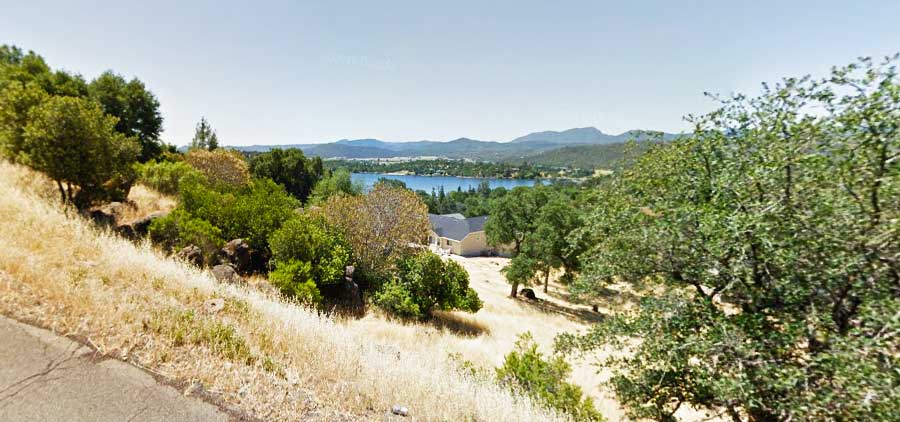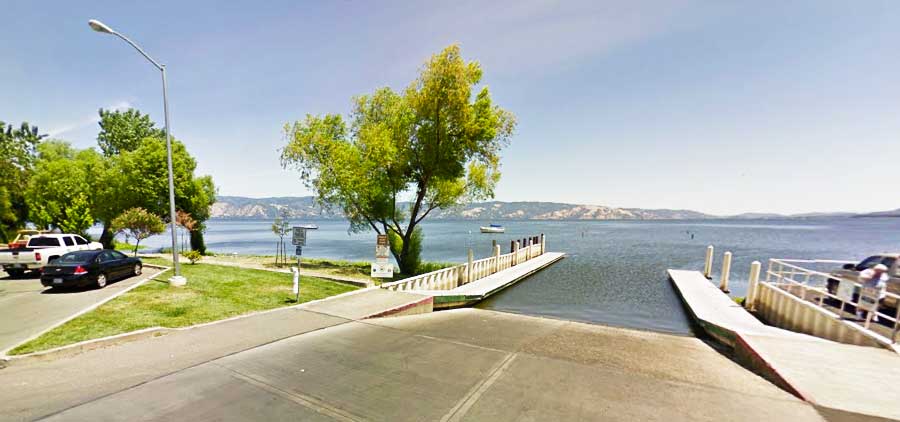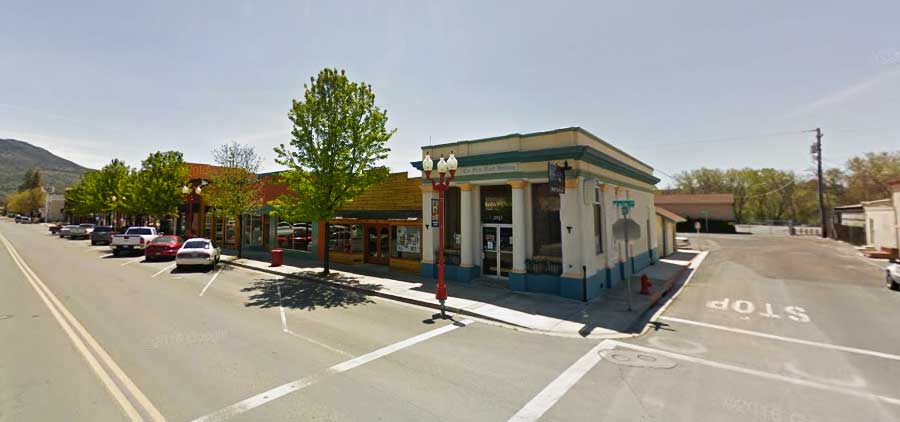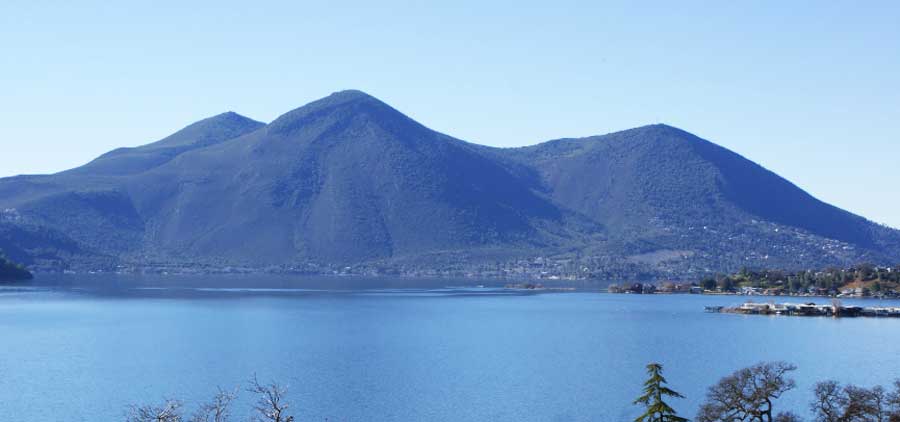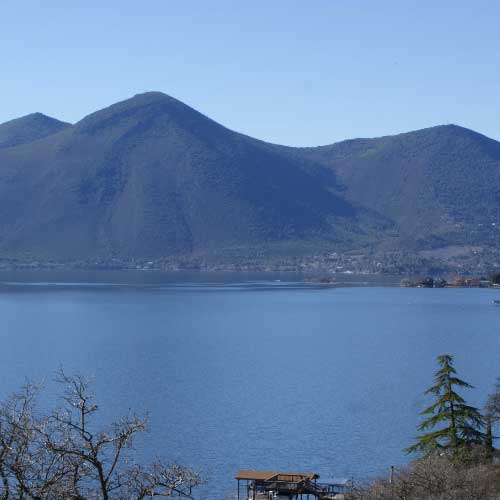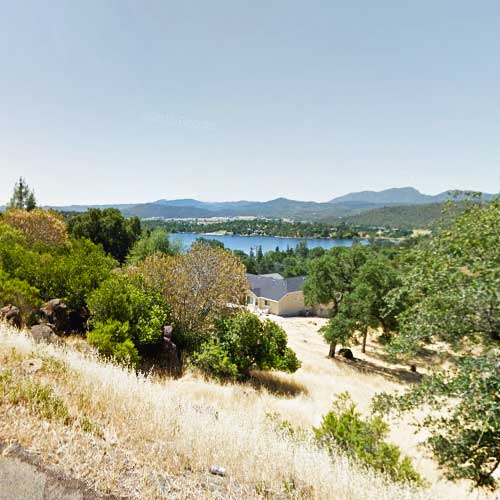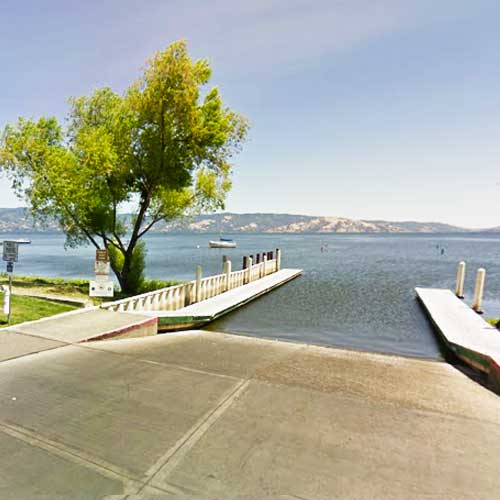Lake County was formed in 1861 from parts of Napa and Mendocino counties, but the area had European-American settlers from at least the 1840s. Lake County has long been known as a farming community.
The 1911 California Blue Book lists the major crops as Bartlett pears and beans. Other crops include grain, alfalfa, hay, prunes, peaches, apples, grapes and walnuts. Stockraising included goats, hogs, turkeys and dairying. Some vineyards were planted in the 1870s by European Americans but the first in the state were established in the 18th century by Spanish missionaries.
The 1911 California Blue Book lists the major crops as Bartlett pears and beans. Other crops include grain, alfalfa, hay, prunes, peaches, apples, grapes and walnuts. Stockraising included goats, hogs, turkeys and dairying. Some vineyards were planted in the 1870s by European Americans but the first in the state were established in the 18th century by Spanish missionaries.
According to the U.S. Census Bureau, the county has a total area of 1,329 square miles (3,440 km2), of which 1,256 square miles (3,250 km2) is land and 73 square miles (190 km2) (5.5%) is water. Two main watercourses drain the county: Cache Creek, which is the outlet of Clear Lake; and Putah Creek. Both of these flow to the Sacramento River. The main streams which flow into Clear Lake are Forbes Creek, Scotts Creek, Middle Creek and Kelsey Creek. At the extreme north of the county Lake Pillsbury and the Van Arsdale Reservoir dam the Eel River, providing water and power to Ukiah in Mendocino County.
The 2010 United States Census reported that Lake County had a population of 64,665. The racial makeup of Lake County was 52,033 (80.5%) White, 1,232 (1.9%) African American, 2,049 (3.2%) Native American, 724 (1.1%) Asian, 108 (0.2%) Pacific Islander, 5,455 (8.4%) from other races, and 3,064 (4.7%) from two or more races.
Hispanic or Latino of any race were 11,088 persons (17.1%).
Hispanic or Latino of any race were 11,088 persons (17.1%).
A re-emergence of Lake County’s wine industry began in the 1960s when a few growers rediscovered the area’s grape-growing potential and began planting vineyards. Several Lake County American Viticultural Areas, such as High Valley AVA and Red Hills Lake County AVA, have been recognized as having distinct character.
The area has increased vineyards from fewer than 100 acres in 1965 to more than 9,455 acres of vineyard in 2015 (a 7.6 percent increase over 2014).
The area has increased vineyards from fewer than 100 acres in 1965 to more than 9,455 acres of vineyard in 2015 (a 7.6 percent increase over 2014).
Lake County has been consistently ranked by the American Lung Association as having the cleanest air in the nation, including in 2013, 2014 and 2015.
Lake County has also been ranked twenty-four times as having the cleanest air in California.
Lake County has also been ranked twenty-four times as having the cleanest air in California.

